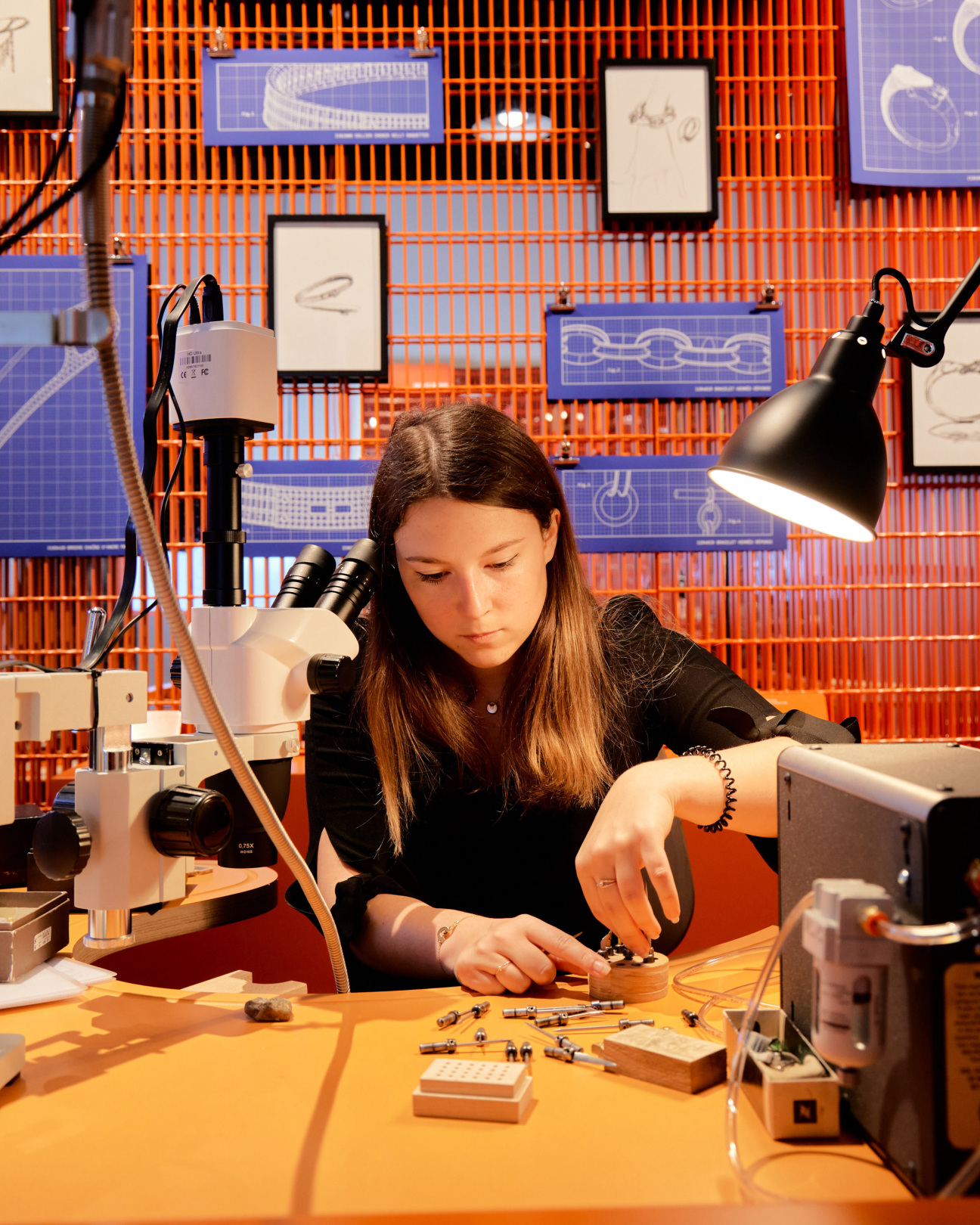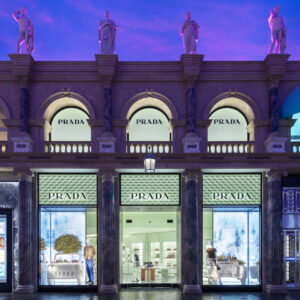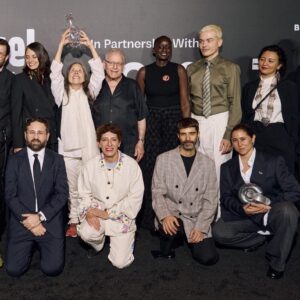Ever since harness maker Thierry Hermès founded Hermès in 1837, the value placed on craftsmanship has remained immovably at the heart of the storied French house. Now, in the era of fast fashion and its throwaway culture, the importance of highlighting this virtue—not just in relation to quality but also to art, culture, society, and sustainability—in order to preserve it has become a polestar at Hermès.

“Craftsmanship is delicate and intentional, it is about learning and evolving,” says Guillaume de Seynes, Hermès’s Executive Vice-President Manufacturing Division and Equity Investments. “The constant search for beautiful materials, the transmission of savoir-faire, and the aesthetics of function, all are key components that make Hermès what it is.”
While Hermès has always shunned mass production, manufacturing lines, and outsourcing in favor of a culture of artisanship and creating objects that withstand the test of time, de Seynes explains that tradition does not have to preclude new ideas. “We like to say that we walk on two legs: tradition and innovation. Hermès artisans are challenged with crafting new objects and developing techniques all while keeping the tradition of its roots. It’s all about remaining true to our values while being in tune with our times.” Master leather craftsman Edouard Ambelouis agrees: “We have talked about reparability and sustainability in the design process for many years. Today it is essential to be focused on new materials and product Hermès artisans photographed at “Hermès in the Making” at the Somerset Collection in Troy, Michigan, in June. to keep [our] evolution and the longevity alive.” But that doesn’t mean speeding things up or producing more. “Product development and creation cannot be rushed, especially when objects are handcrafted,” de Seynes continues. “They must be created in the most functional way possible while embodying style and sophistication. It’s quality over quantity that remains at the forefront for us.”

To show this philosophy in action, initiatives like Footsteps Across the World spotlight how tradition and innovation intersect at Hermès. Seen by documentarian Frédéric Laffont, the film series documents the art of retranslating ancient processes—from reviving a Japanese silk marbling technique in Kyoto to training the next generation of craftsmen in the centuries-old art of making riding crops out of hackberry wood—in beautiful vignettes. More recently, “Hermès in the Making” popped up in locations around the world, including Copenhagen; Turin, Italy, and Troy, Michigan. The traveling experience offered immersive insight into the house’s artisanal universe by bringing expert makers together to demonstrate how an iconic Kelly bag, silk scarf, or saddle is painstakingly created. “It came from the desire to invite the public to meet our artisans and discover the unique craftsmanship at the heart of the house’s creative and innovative spirit,” says de Seynes. “It’s a unique opportunity as the exhibition is not only an exchange of knowledge but also emotions.”










 in your life?
in your life?

